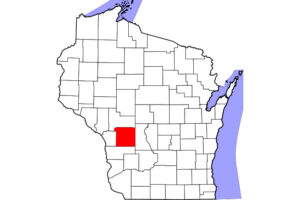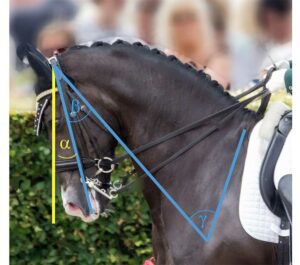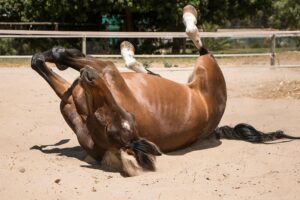Jaundice
Each year a small percentage of foals are born to mares whose immune systems, in an odd twist of nature, are prepared to battle their own foals. Antibodies from the mare, delivered to the foal in the colostrum it drinks soon after birth, attack
Share
ADVERTISEMENT
Create a free account with TheHorse.com to view this content.
TheHorse.com is home to thousands of free articles about horse health care. In order to access some of our exclusive free content, you must be signed into TheHorse.com.
Start your free account today!
Already have an account?
and continue reading.
Share
Written by:
Jacalyn Carfagno
Related Articles
Stay on top of the most recent Horse Health news with



















